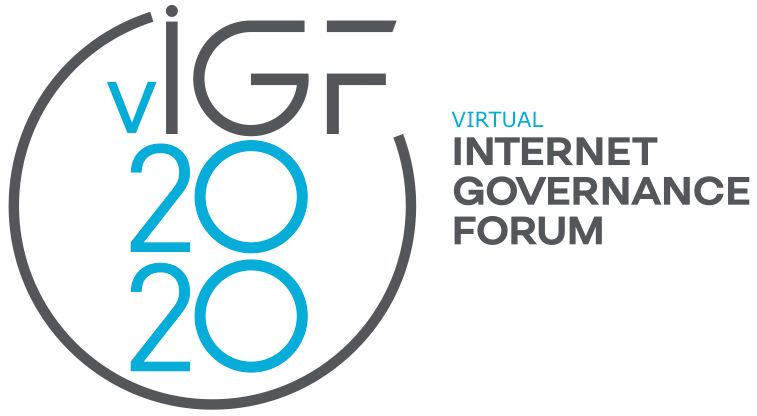AI solution and governance for global public emergencies
10 Nov 2020 09:40h - 11:10h
Event report
This session addressed artificial intelligence (AI) as a tool for addressing COVID-19 and other emergencies. Examples of how AI presently is or could be used to address COVID-19 were shared. At the same time, speakers addressed governance requirements so that the use of these tools may be effective, safe, and ethical. Further, the session addressed the knowledge management needs for making AI solutions and research accessible for further research and application.
What AI tools are currently used to address COVID-19?
Mr Ke Gong (President, World Federation of Engineering Organisations, WFEO) introduced AI as a ‘powerful engineering tool for combating COVID-19’ and shared that in March 2020, WFEO called for engineers to consider the challenges presented by the pandemic. He described how AI was crucial in early warning of COVID-19, in automatic temperature monitoring and contact tracing, in the analysis of lung scans, and in drug development. Looking in particular at the Chinese context, Mr Xiang Zhou (Professor, Institute of Remote Sensing and Digital Earth, Chinese Academy of Sciences) mentioned the use of AI in information management, virus research, and work resumption, monitoring, and assessment.
What can be done to further improve the availability and use of AI tools?
Gong suggested that multinational, cross disciplinary, and cross sectoral cooperation is needed to develop consensus on the principles that guide the use of AI. Collaborative research needs to be strengthened and open AI development platforms should be developed. Education on AI ethics for all relevant stakeholders is needed. Mr Ricardo Palyao (Professor, Escuela Bancaria y Comercial) suggested that AI tools can be used to combat COVID-19 in Mexico. However, for this to be reasonable and effective, international cooperation, guided by specific international data protection agreements, is needed.
What are the current shortcomings of these tools?
Some of the shortcomings include quality and accessibility, standards of data protection, and data sharing. In addition, Gong mentioned that AI needs to improve at early detection and that applications need to reach diverse groups of people, including the elderly.
What are the principles for data collection and use for these AI tools?
The FAIR data principles, as mentioned by Mr Horst Kremers (General secretary, CODATA – Germany), offer a useful starting point. Data should be free, accessible, interoperable, and re-usable. Xiang highlighted three areas where further improvements are needed: big data infrastructure, applications and services (data openness, integration, and analysis), and data security.
How is data transformed into knowledge and what are some of the basic principles of knowledge management?
The knowledge created from data and AI cannot be properly utilised without appropriate knowledge management. In the context of knowledge management for working towards the sustainable development goals, Dr Daisy Selematsela (Executive Director, University of South Africa (UNISA) Library and Information Services) suggested availability of information (supported by communities of practice), accessibility of information (also including information literacy programmes), acceptability (making available open source academic materials), and adaptability (training researchers, policy-makers, and citizens). Kremers highlighted five elements of knowledge creation from data: recognition of facts, recognition of patterns, detecting signal change, understanding correlation and dependencies, and finding and verification of hypotheses.
What about knowledge management in practice?
Ms Chang Liu (Professor, Chinese Academy of Science) suggested that for good knowledge management, the information contained in repositories should be findable, searchable, and connected to the original resource. In addition, good classification of the information and statistics about the information contained in a repository are needed. She illustrated her point with the example of the COVID-19 knowledge and data hub, a joint action on COVID-19 under the umbrella of the China Association for Science and Technology. Over the last 10 months, more than 600 documents and data sets have been received and deposited within this framework. She suggested that given the amount of data, new technology is needed to find, clean, classify, and analyse research outputs.
Related topics
Related event

